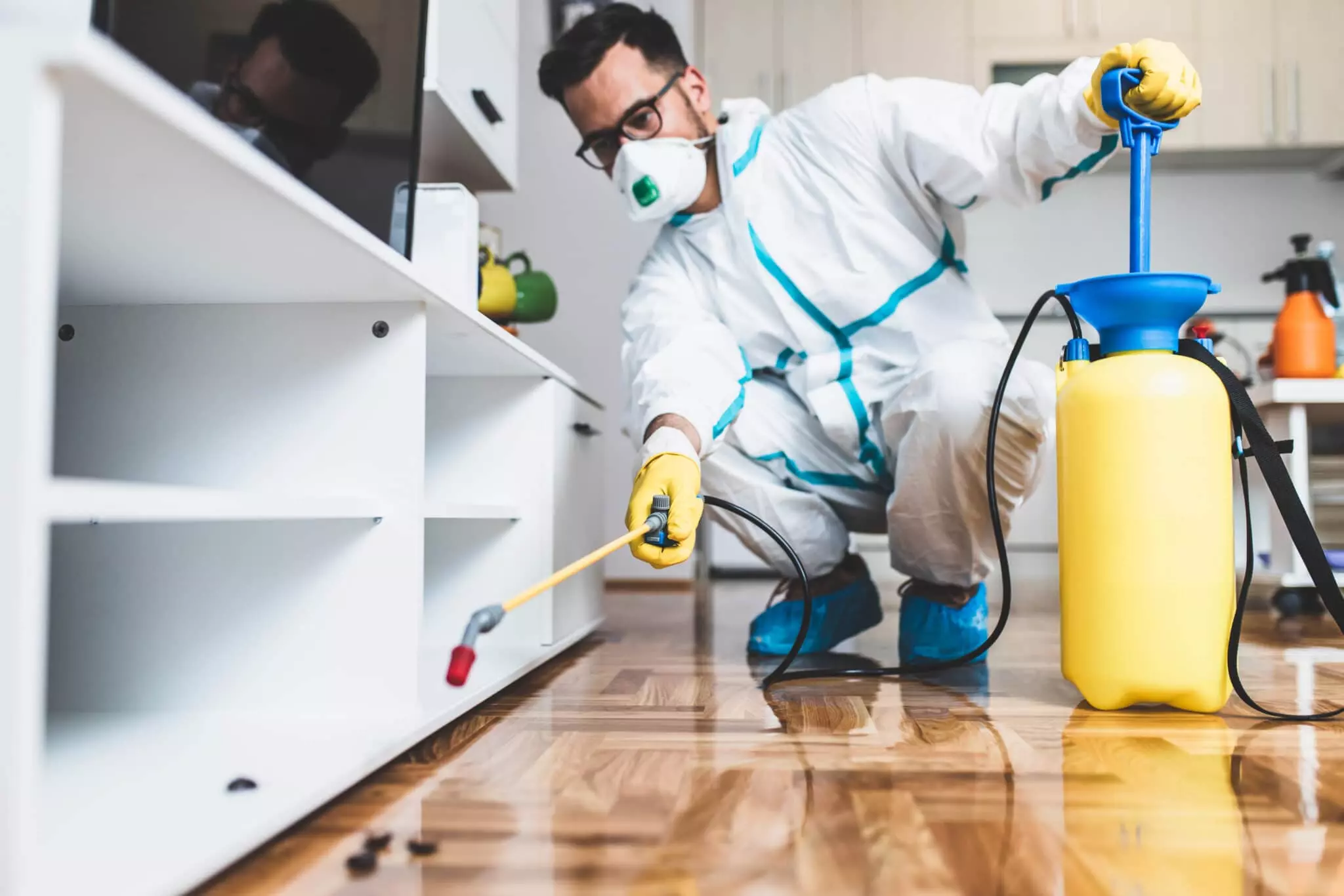Bed Bug Treatment Failure: Contrasting Chemical Vs. Non-Chemical Solutions
In the realm of bug control, specifically when dealing with the consistent problem of bed pests, the choice in between chemical and non-chemical therapy services can be an essential one. Both strategies provide distinct advantages and disadvantages, influencing aspects such as performance, safety considerations, and general expense. By examining the nuanced details of each technique, a more clear understanding of which course to seek in resolving a bed pest invasion can be attained.
Effectiveness of Chemical Therapies
Chemical treatments for bed bug infestations have actually been widely recognized for their powerful and rapid efficacy in eliminating these parasites. When thinking about the effectiveness of chemical therapies, it is important to understand that they can supply a quick and thorough service to a bed pest trouble.
Moreover, chemical therapies have the benefit of using recurring results, meaning that they can remain to get rid of bed pests also after the first application. This recurring action is particularly beneficial in combating any type of prospective re-infestations. Furthermore, the rapid action of chemical treatments can bring alleviation to individuals facing severe bed pest problems, allowing them to restore control of their home quickly.
Safety Worry About Chemical Solutions
When utilizing chemical services for bed insect treatment is guaranteeing the security of owners and the atmosphere,One vital facet that needs careful factor to consider. While chemical treatments can be effective in getting rid of bed insects, they might position risks otherwise taken care of effectively. Among the main safety and security interest in chemical solutions is the potential injury they can trigger to human health. Exposure to specific chemicals utilized in bed bug therapies can lead to breathing problems, skin inflammation, or other negative responses, particularly in individuals with pre-existing problems or level of sensitivities. Furthermore, inappropriate application or dosage of chemical pesticides can lead to toxic residues lingering in the treated location, posing lasting health dangers to owners.
Furthermore, the ecological impact of chemical options is one more significant consideration. Some chemicals utilized in bed pest therapies might be unsafe to helpful insects, wildlife, and ecological communities if they leach right into the soil or water supply. It is vital to make use of chemical therapies deliberately, complying with security standards, and thinking about less poisonous choices to reduce these threats and make sure the secure and efficient administration of bed insect invasions.
Benefits of Non-Chemical Strategies
Taking into consideration the prospective security worries and ecological impact related to chemical services for bed insect therapy, checking out non-chemical approaches presents a promising choice with a number of distinct benefits. Non-chemical techniques supply a more secure option for homes, particularly those with people, pet dogs, or children conscious extreme chemicals. These strategies get rid of the risks of exposure to hazardous compounds, decreasing the possibility for unfavorable wellness effects. Moreover, non-chemical treatments are environmentally pleasant, as they do not add to air or water pollution, making them a lasting option for pest control.
Additionally, non-chemical services can be efficient in targeting bed pests, consisting of hard-to-reach locations where chemical therapies might not penetrate - A1 bed bug treatment in charlotte. Techniques such as warm therapy, vacuuming, heavy steam cleansing, and cushion encasements offer thorough obliteration without the use of dangerous chemicals.
Limitations of Non-Chemical Treatments

In addition, non-chemical treatments usually call for multiple applications to accomplish successful removal. This can be lengthy and may not always assure complete removal of all bed bugs and their eggs, especially in concealed or hard-to-reach locations.
Furthermore, the success of non-chemical therapies heavily relies on correct application and thoroughness, which can be challenging for people without professional proficiency. Insufficient application of non-chemical techniques might lead to incomplete elimination, leading to persistent infestations and the requirement for extra therapies.
Therefore, while non-chemical treatments have their advantages, it is vital to acknowledge these constraints and consider them when identifying one of the most reliable strategy for taking care of bed pest problems.
Cost Contrast: Chemical Vs. Non-Chemical Options
Offered the constraints related to non-chemical treatments, a necessary element to review in the context of bed insect monitoring is the price comparison between chemical and non-chemical alternatives. Chemical therapies usually include the application of pesticides by experts, which can range from $250 to $900 per area, depending on the extent of the invasion and the dimension of the location to be treated. In comparison, non-chemical treatments like heat treatment or heavy steam can be a lot more pricey, with prices varying from $1,000 to $6,000 for a whole home. While the preliminary cost of chemical this treatments may seem lower, several therapies may be required to completely remove the infestation, possibly increasing the overall price. On the various other hand, non-chemical options may provide an extra sustainable and eco-friendly remedy, although they can be cost-prohibitive for some individuals. Ultimately, when considering the expense of bed bug therapy choices, it is essential to weigh the ahead of time costs versus the efficiency and lasting sustainability of the selected approach.
Verdict

Thinking about the prospective security worries and ecological impact associated with chemical options for bed pest therapy, exploring non-chemical approaches provides an appealing choice with numerous distinct advantages.Given the limitations associated with non-chemical treatments, a vital element to review in the context of bed pest monitoring is the price contrast in between chemical and non-chemical alternatives. In comparison, non-chemical therapies like warmth therapy or vapor can be more expensive, with expenses varying from $1,000 to $6,000 for an entire home. While the first cost of chemical therapies might appear lower, multiple treatments may be called for to completely remove the problem, possibly raising a knockout post the total price.In conclusion, when comparing chemical and non-chemical bed bug treatment choices, it is important to take into consideration performance, safety and security, advantages, limitations, and cost.
Comments on “A1 Charlotte Pest Control Companies - Your Neighborhood Pest Specialists”